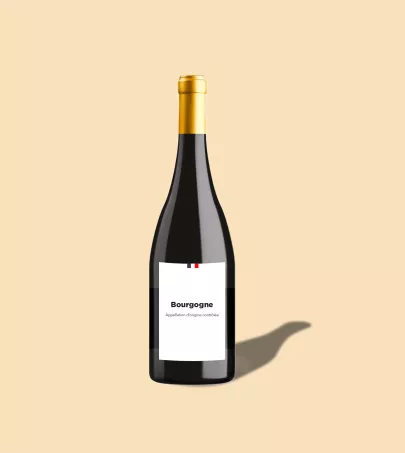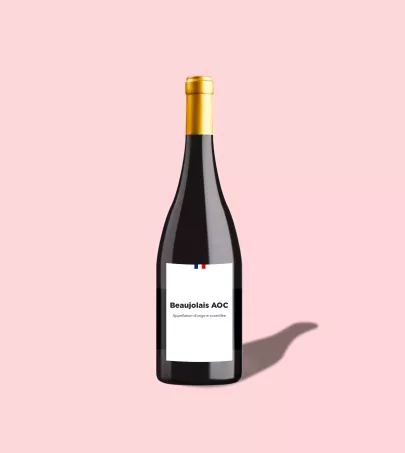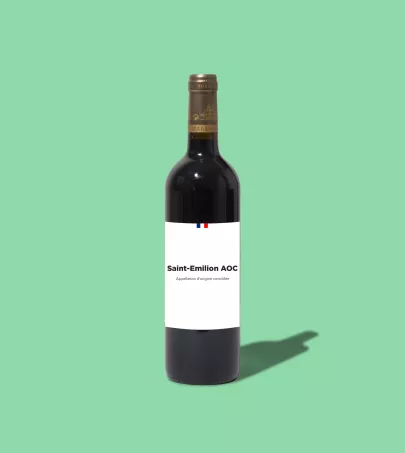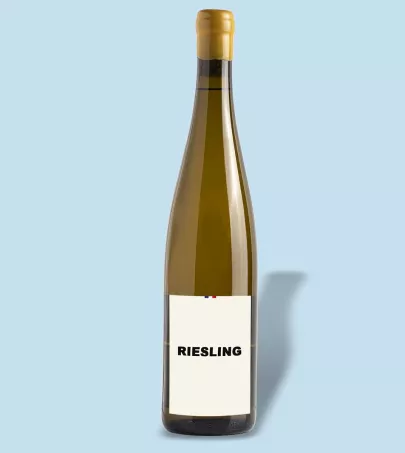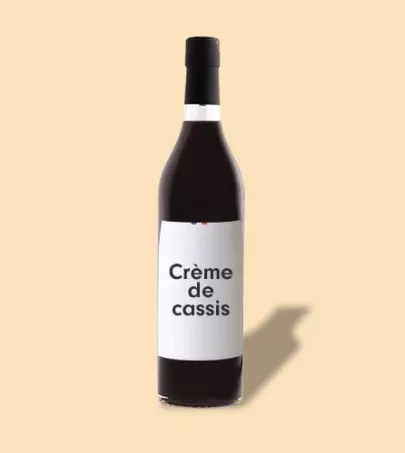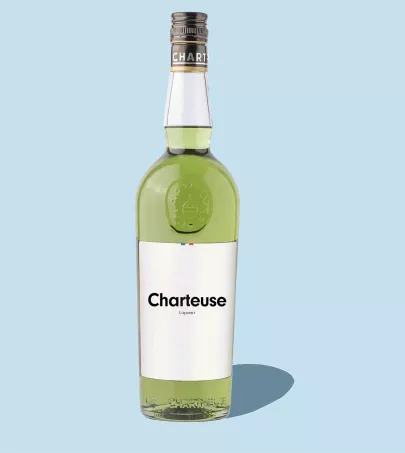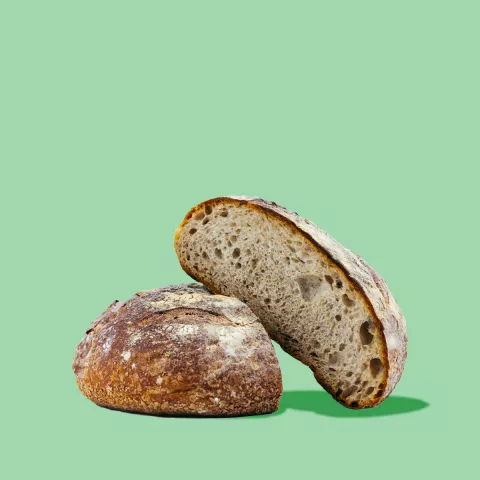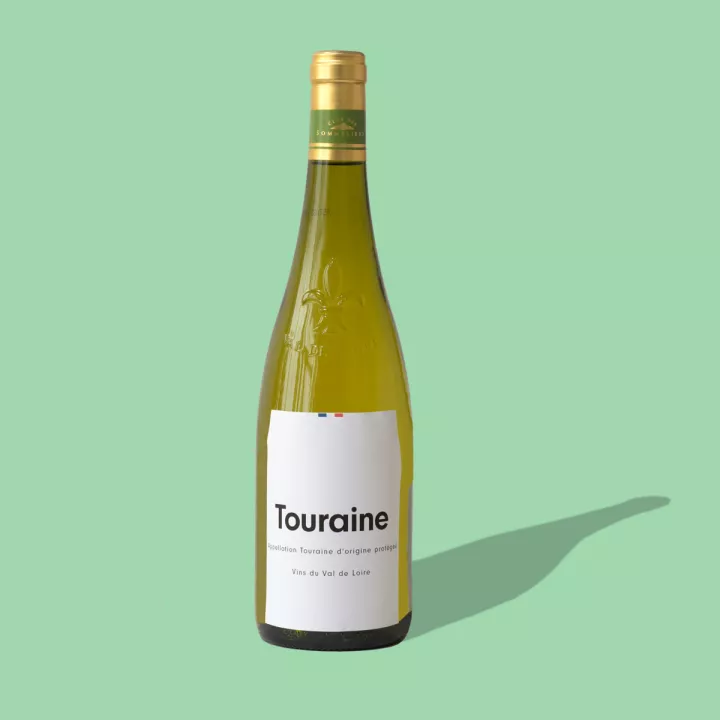
Touraine PDO
Centre-Val de Loire
These wines can be white, rosé, sparkling, or red. The Touraine protected destination of origin encompasses aromatic, open, and fruity wines produced in the Loire Valley that feature different characteristics depending on the specific terroir and varietal.
What you need to know
Vineyards were first established in Touraine when Saint Martin founded the Marmoutier Monastery in 372. The presence of multiple waterways meant the wine could be easily transported, which in turn expanded its reach. In the seventh century, Touraine became the capital's main source of wine. Its diverse range of climates and soil types produces a wide variety of wines. To the west, a sunny fall season and the ocean's influence mean late-ripening varieties like cabernet franc have enough time to mature. To the east, the continental climate provides the ideal conditions for sauvignon grapes and the production of dry white wines.
Characteristics
Smell
Look
Taste
How to use
Storing a Touraine
2 years in general (3 to 4 years for full-bodied red Touraine)
Preparing and serving a Touraine
57 ° F for the red Touraine, 50 ° F for the whites, rosés and sparkling
Tasting a Touraine
It is appreciated in a stemmed glass for still wines, in a flute for sparkling
Pair with
Red wines from the Touraine protected destination of origin: Red and white meat, coq au vin, charcuterie, and cheese.
White wines from the Touraine protected destination of origin: Sologne asparagus, seafood, fish, and goat cheese.






